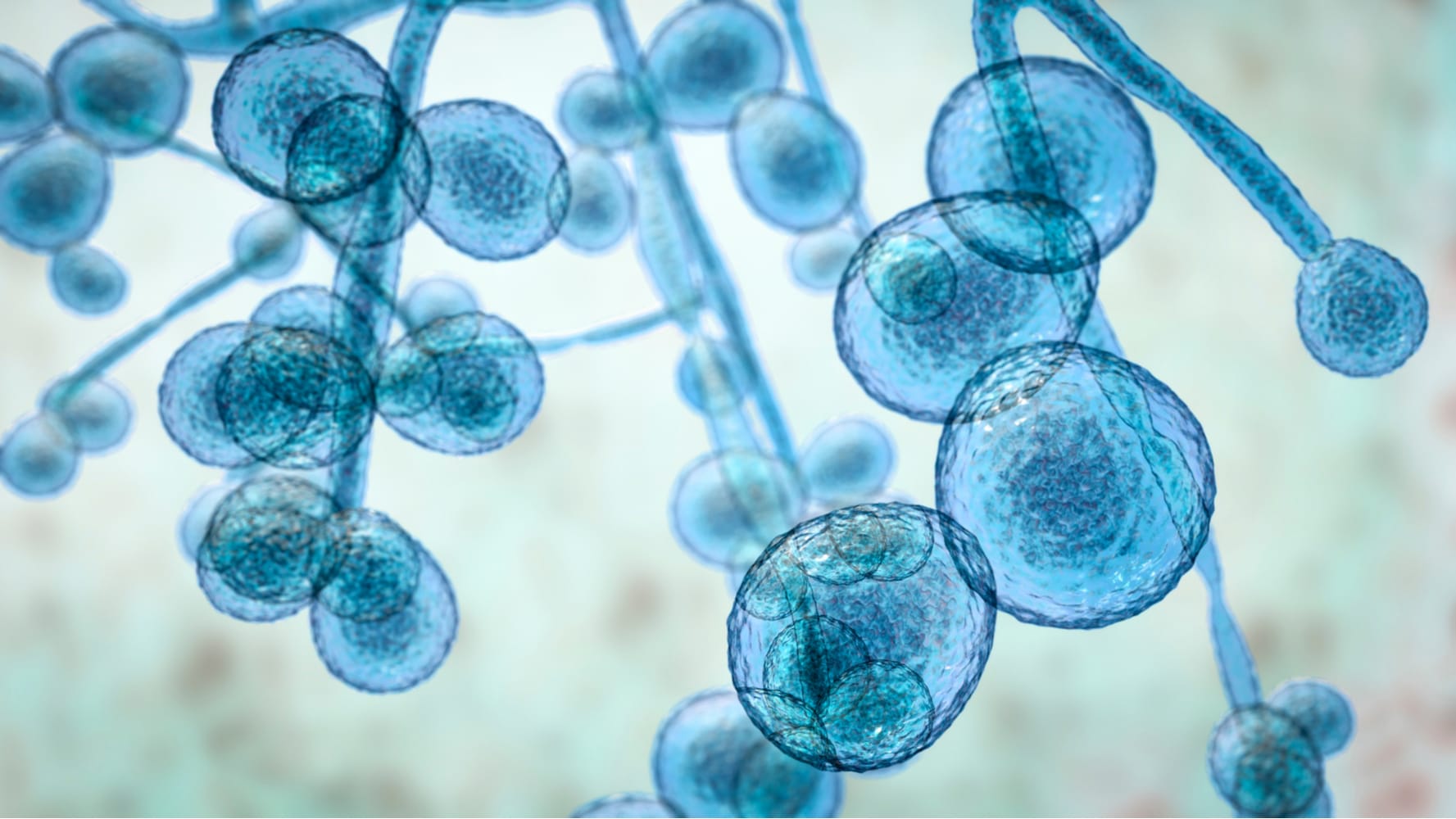Deadly Super-Fungus Has Emerged in Brazil
Late last year, a deadly yeast known as Candida auris was found in Brazil for the first time. In a new paper this week, the scientists who treated and investigated these initial cases say the covid-19 pandemic made this fungus much much worse.
C. auris was first discovered by doctors from Japan in 2009, though it’s likely been infecting people since at least the 1990s. Its origins are still a mystery, but the leading theory is that it only recently began to cause trouble for humans. What makes the yeast so dangerous is that strains are often (or quickly become) resistant to multiple antifungal drugs.
Its milder symptoms can include fever and chills, but in serious cases, it can invade the bloodstream and multiple organs, leading to organ damage and/or life-threatening sepsis. While not all infections make people sick, the yeast’s hardy resistance can make serious infections incredibly hard to treat and often fatal, especially for people already weakened in hospitals or otherwise immunocompromised.
It’s also difficult to decontaminate the environments where the fungus colonizes outside the body, such as catheters or other medical equipment that provide an easy route for infection.
Since 2019, the Centers for Disease Control and Prevention have labeled C. auris an urgent superbug threat, while countries and hospitals around the world have been on high alert for it. In December 2020, Brazil became the latest country to report finding it. And on Monday, a new study detailed two of these first cases, both patients who were hospitalized for covid-19 in the same intensive care unit at a hospital in the city of Salvador.
According to the report, published in the Journal of Fungi, the cases involved a 59-year-old man and 72-year-old woman, both of whom were hospitalized with severe acute respiratory syndrome from covid-19 in October 2020 and November 2020, respectively.
The two patients endured multiple other infections, including C. auris. Unlike past outbreaks, though, this strain seemed susceptible to many common antifungals. Both infections were treated, and the man eventually recovered enough to be discharged after 49 days; unfortunately, the woman wasn’t so lucky, succumbing to her many ailments in late January 2021.
Since these first cases, public health officials documented nine other people with C. auris colonizing their body as of December 2020, all of whom had visited that same intensive care unit. The cases seem to trace back to a local source, with none of the patients having traveled recently and their respective fungi being closely related to one another.
Right now, the authors speculate that the fungus may have arrived or emerged locally months before the first case. And though this strain still appears to be treatable with conventional drugs, the samples isolated from these patients have started to become more resistant to at least some anti-fungals over time.
Other countries have recently reported their own outbreaks of C. auris among covid-19 patients. And in this outbreak, the severe illness brought on by covid-19 and resulting hospitalization likely enabled the colonizing fungus to become life-threatening and infect other sick people—a series of events that could be repeating elsewhere.
“Thus, the covid-19 pandemic may be accelerating the introduction and/or spread of C. auris in previous C. auris-free hospital environments,” the authors wrote.
C. auris isn’t the only fungal infection linked to covid-19 that’s had doctors spooked as of late. During the latest and most deadly peak of the pandemic in India, cases of a normally very rare infection caused by mucormycetes, called black fungus, began to surge, with around 12,000 cases documented in the country over the past few months.
Like C. auris, this infection can prove incredibly fatal once it starts to sicken hospitalized patients, killing up to half of its victims. It’s not merely covid-19 that’s contributing to these outbreaks, but also its primary treatment: steroids that blunt the overaggressive immune response but also leave us more vulnerable to co-infections from fungi and other microbes.
All these cases provide an apt reminder of the direct and indirect toll covid-19 has had, one that’s likely to continue for the foreseeable future in countries without an ample supply of covid-19 vaccines or other precautionary measures.
India’s peak has finally come down, but Brazil continues to experience a high level of new cases and deaths. And with the spread of more transmissible variants such as Delta, first found in India, the world at large remains vulnerable to new peaks of illness that will bring along other nightmares like C. auris. To date, only around 15% of the world’s population is even partially vaccinated.
Public health officials are continuing to investigate the specific strain of C. auris found in these Brazilian cases, which seems to be the first local appearance of a particular subtype of the fungus (Clade I, first found in South Asia) documented in South America. The hope is that finding out how it first emerged and why it’s a bit different from previous strains may give scientists clues on how to better stop its spread moving forward.









Recent Comments